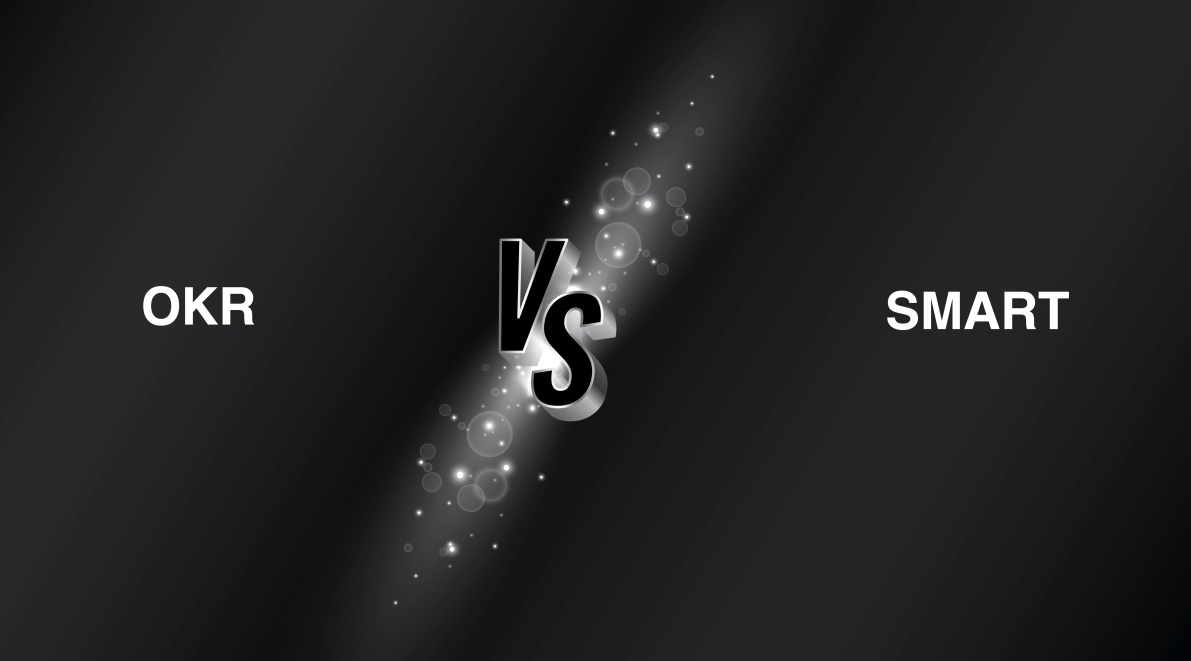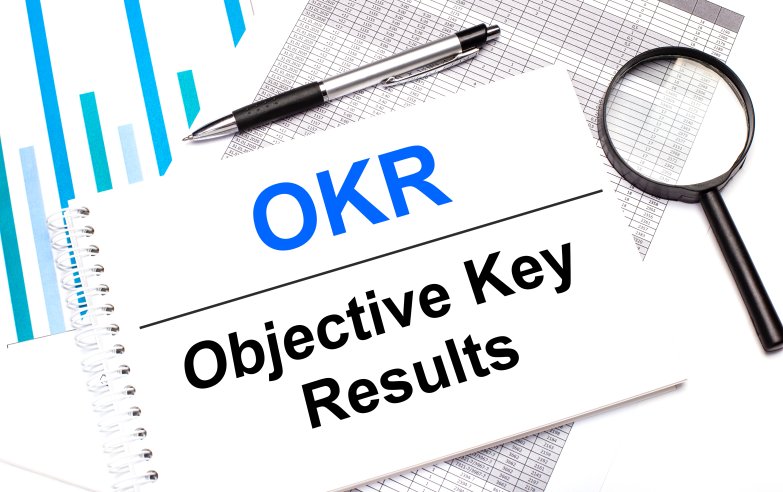Effective goal-setting is a crucial element in the success of any organization, especially if you want to start a business. Setting clear objectives can help teams stay focused on their priorities, increase productivity, and ultimately achieve better results. It provides direction and a sense of purpose that propels the team forward.
However, selecting the right goal-setting framework can be a challenging task as different frameworks offer various advantages and limitations. Some frameworks emphasize specific outcomes such as increasing revenue or customer satisfaction, while others focus on improving team collaboration or personal growth.
The key is to choose a framework that aligns with your business values, mission, and long-term objectives while being flexible enough to adapt to changing circumstances. Effective goal-setting requires careful planning, regular monitoring, and continuous feedback to ensure that the team stays on track towards achieving its goals and ultimately achieve success. At the end of the day, the right framework can make all the difference in attaining the desired outcomes for your business.
Today, I want to show you what makes OKR and SMART goals different and most importantly how you can pick the ones your business needs. First things first, what do those abbreviations stand for?
OKR = Objectives and Key Results
SMART = Specific – Measurable – Achievable – Relevant – Time-Bound
The SMART goals framework has been around for decades, and it’s widely recognized as a straightforward and effective method for setting goals when starting a business. The acronym stands for Specific, Measurable, Achievable, Relevant, and Time-bound. The SMART framework is great for setting short-term, tactical goals that are easy to understand and track.
On the other hand, the OKRs framework is a more recent approach that has gained popularity in the tech industry. OKRs stands for Objectives and Key Results, and it’s designed to help companies set ambitious, long-term goals that align with their overall mission and strategy. OKRs can be used to create a shared sense of purpose and to align the efforts of all teams towards the same strategic objectives.
Both frameworks have their advantages and limitations, and the choice between them depends on your business’s specific needs and goals. In the next section, we’ll take a closer look at the differences between SMART goals and OKRs, and how they can be used to improve your business’s performance.
What are SMART Goals?
The SMART framework is a simple and effective way to ensure that goals are well-defined and aligned with the overall strategy of the organization. SMART goals provide a structured method for achieving goals and focusing efforts. Let’s take a closer look at each of the components of the SMART framework:
1. Specific
A specific goal is clear and unambiguous. This means that it should be well-defined and detailed enough to ensure that everyone involved understands exactly what is expected of them. For example, instead of setting a goal to “increase sales,” a specific goal would be to “increase sales by 10% in the next quarter by increasing marketing efforts.”
2. Measurable
A goal should have a quantifiable measurement so that progress can be tracked and evaluated. Having a specific metric in place helps ensure that everyone knows what they are working towards, and how they will know when the goal has been achieved. For example, if the goal is to increase sales by 10%, the metric used to measure progress might be monthly revenue or the number of new customers.
3. Achievable
A goal should be challenging but attainable. In other words, you want tom write management’s goals that are reachable. This means that it should be realistic, given the resources and capabilities of the organization. If a goal is too difficult or impossible to achieve, it can lead to demotivation and a lack of commitment. For example, setting a goal to increase sales by 100% in a month might not be achievable, given the current resources and market conditions.
4. Relevant
A smart goal should be aligned with the overall mission and objectives of the organization. This means that it should be relevant to the business’s strategy and contribute to its success in some way. If a goal is not relevant, it can distract from the organization’s core mission and lead to wasted resources. For example, if the mission of a company is to provide high-quality products, setting a goal to increase the number of social media followers might not be relevant to that mission.
5. Time-bound
A smart goal should have a deadline or timeline attached to it so that progress can be tracked over time. This helps ensure that progress is being made toward the goal and that it remains a priority for the organization. For example, a goal to increase sales by 10% might have a deadline of the end of the next quarter, so that progress can be measured and evaluated over a specific timeframe.
Do you need help utilizing OKR or SMART goals with your business?
Contact Growth Hackers
What are OKRs?
OKR stands for Objectives and Key Results, which is a management framework that helps organizations set goals and measure progress toward achieving them. This approach was first popularized by Intel in the 1980s and has since been widely adopted by many businesses.
The OKR framework consists of two main components: objectives and key results.
Objectives are ambitious and inspiring statements of what an organization wants to achieve. They should be aligned with the organization’s mission and values and provide a clear sense of direction for the team. OKRs help align employee tasks to company objectives. Objectives should also be challenging enough to motivate the team to work towards achieving them, but still achievable within a given time frame.
Key results, on the other hand, are specific, measurable, time-bound outcomes that help track progress towards achieving an objective. They are essentially milestones or checkpoints that help teams stay focused and aligned towards their goals. Key results should be challenging but realistic, and they should be directly linked to the overall objective.
How SMART Goals and OKRs Differ?
While both frameworks are used for goal-setting, there are some key differences between them.
- Focus: SMART goals tend to focus on short-term, tactical goals, while OKRs are more strategic and long-term in nature.
- Scope: SMART goals are typically focused on a specific area of the business, while OKRs are used to align goals across the entire organization.
- Ambition: OKRs are more ambitious than SMART goals because there’s an objective to achieve key results, as they are designed to push an organization to achieve more than they thought was possible.
- Flexibility: SMART goals are more rigid and may not be adjusted over time, while OKRs are designed to be flexible and can be adjusted as circumstances change.
Which one is right for your business?
Both SMART goals and OKRs have their strengths and weaknesses, and the best choice for your business will depend on your specific needs and goals. Here are some factors to consider when deciding which framework to use:
1. Size of the organization
OKRs may be more suitable for larger organizations, as they are designed to align goals across different departments and teams.
2. Type of goal
SMART goals may be more suitable for short-term, tactical goals, while OKRs may be more suitable for long-term, strategic goals.
3. Company culture
OKRs may be more suitable for organizations that value innovation, growth, and pushing boundaries, while SMART goals may be more suitable for organizations that value stability and consistency.
Now that we’ve looked at the differences between SMART goals and OKRs, let’s dive deeper into the benefits and limitations of each framework.
Benefits of SMART Goals
- Clarity: SMART goals provide clear and concise guidelines for setting goals, which can help to eliminate confusion and ambiguity.
- Accountability: The specific and measurable nature of SMART goals makes it easier to track progress and hold individuals and teams accountable for achieving their objectives.
- Realistic: The achievable aspect of SMART goals ensures that goals are realistic, given the resources and capabilities of the organization.
- Flexibility: While SMART goals may be more rigid than OKRs, they can still be adjusted over time if circumstances change.
Use OKR and SMART goals today and see the difference it can make to your business!
Limitations of SMART Goals
- Short-term focus: The focus on short-term, tactical goals may not align with the organization’s long-term strategic objectives.
- Lack of inspiration: The specificity and realism of SMART goals may limit creativity and innovation, and may not provide the motivation needed to achieve ambitious objectives.
- Limited scope: SMART goals are typically focused on a specific area of the business and may not align with the goals of other departments or teams.
Benefits of OKRs
- Alignment: The strategic nature of OKRs helps to align goals across different departments and teams, ensuring that everyone is working towards the same objectives.
- Ambition: OKRs are designed to push an organization to achieve more than they thought possible, providing inspiration and motivation.
- Flexibility: OKRs are designed to be flexible and can be adjusted as circumstances change, ensuring that goals remain relevant and achievable.
- Creativity: The focus on ambitious, long-term objectives can encourage creativity and innovation, leading to new ideas and approaches.
Limitations of OKRs
- Complexity: The strategic and long-term nature of OKRs can make them more complex and time-consuming to implement than SMART goals.
- Difficult to measure: The ambitious nature of OKRs can make it difficult to measure progress and success, leading to potential disappointment and frustration.
- Risk of overreaching: The focus on ambitious, long-term objectives can lead to overreaching and potentially unrealistic goals, which may be difficult or impossible to achieve.
Final words on OKR vs Smart Goals
Both OKRs and SMART goals have their benefits and limitations, and the best choice for your overall business success will depend on your specific needs and goals. Either of these goal-setting approaches are developed under the notion that goals are absolutely crucial to achieving business and organizational success.
It’s important to choose a framework that aligns with your company’s values, culture, and objectives, and to ensure that goals are specific, measurable, and achievable, regardless of the framework you choose to use. By setting clear goals and holding individuals and teams accountable for achieving them, you can help to ensure that your business is on the path to success.
Growth Hackers is a full-service data analytics agency helping businesses from all over the world grow. There is no fluff with Growth Hackers. We help entrepreneurs and business owners use either OKR or smart goals to achieve their goals effectively, increase their productivity, generate qualified leads, optimize their conversion rate, gather and analyze data analytics, acquire and retain users and increase sales. We go further than brand awareness and exposure. We make sure that the strategies we implement move the needle so your business grow, strive and succeed. If you too want your business to reach new heights, contact Growth Hackers today so we can discuss about your brand and create a custom growth plan for you. You’re just one click away to skyrocket your business.








